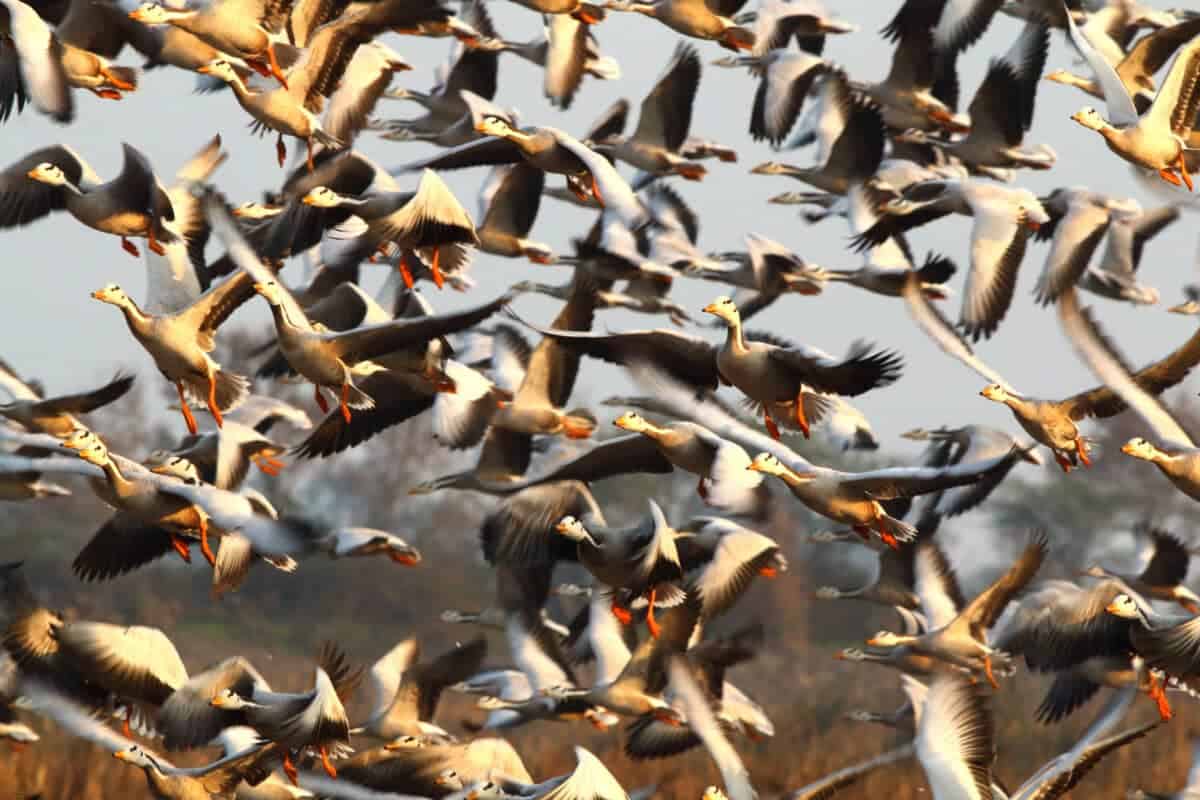In the realm of avian wonders, the bar-headed goose stands out as an extraordinary species known for its remarkable adaptability and impressive feats in the sky. From navigating treacherous mountain ranges to soaring at breathtaking altitudes, this goose has carved a niche for itself in the avian world. In this article, we explore the unique characteristics that make the bar-headed goose a truly exceptional and adaptive bird.
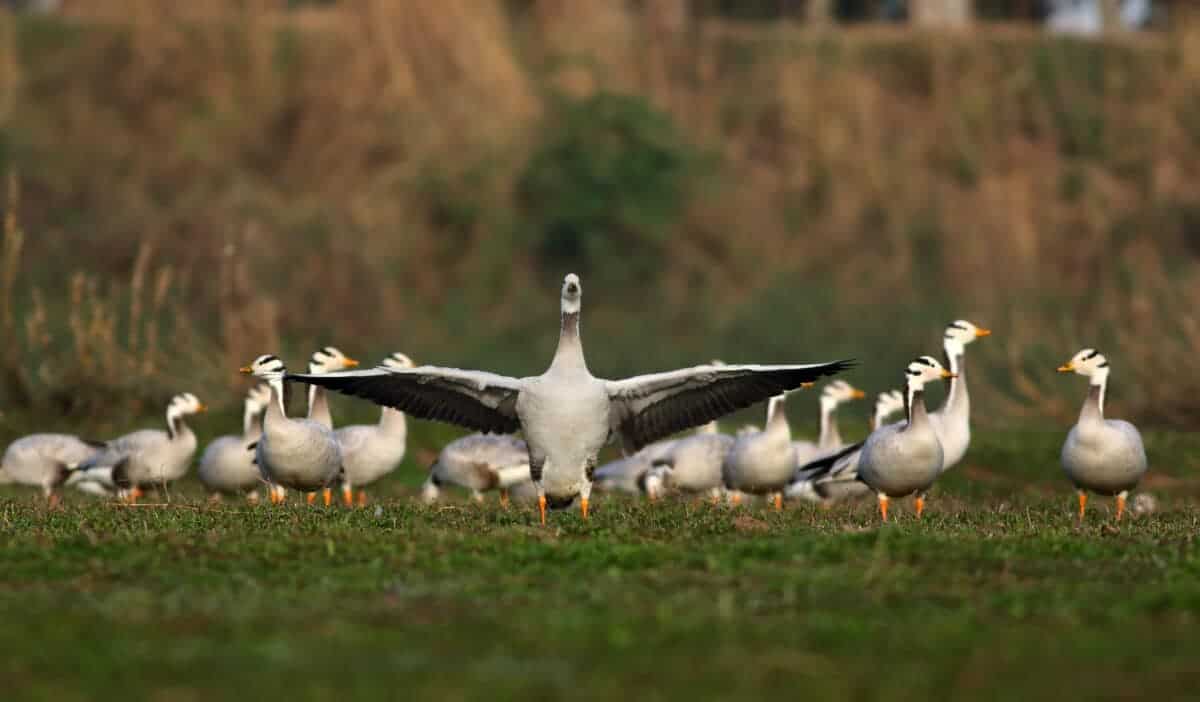
Adaptability:
Bar-headed geese are renowned for their adaptability, particularly when it comes to their migration patterns. One of the most notable feats of these geese is their annual migration over the Himalayan mountain range, one of the most challenging terrains on the planet. This journey involves crossing altitudes of up to 29,000 feet, where oxygen levels are significantly lower than at sea level. The bar-headed goose’s ability to thrive in such extreme conditions showcases its remarkable adaptability to environments that would be inhospitable to many other species.
Diet:
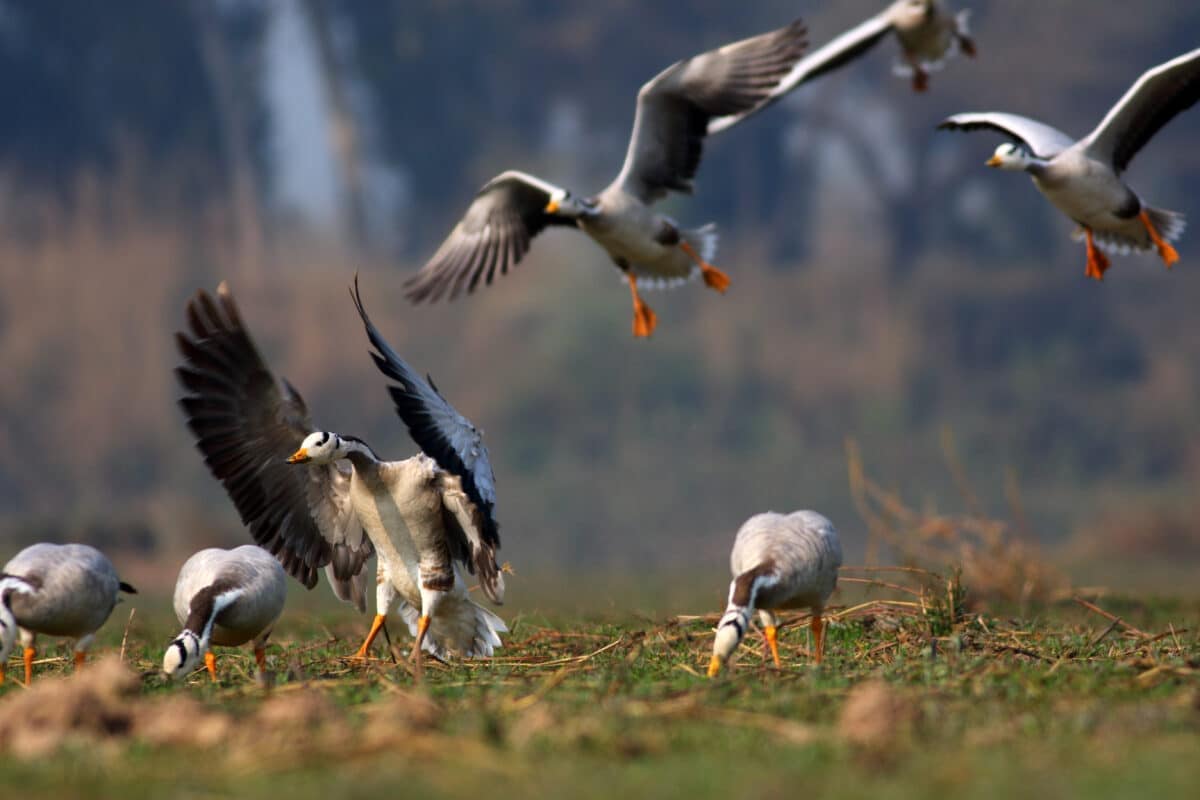
The diet of the bar-headed goose primarily consists of grasses, making them herbivores. They forage for vegetation in high-altitude regions, sustaining themselves with a diet that is well-suited to the mountainous landscapes they inhabit during various seasons. This dietary preference has contributed to their ability to survive and thrive in diverse ecosystems, from the plains to the peaks.
Lifespan and Growth:
Bar-headed geese, like many waterfowl, have relatively long lifespans. In the wild, they can live up to 15 years or more. The growth and development of bar-headed goslings are rapid, with the young birds becoming fully fledged and independent within a few weeks. This adaptability in terms of their growth and development allows them to quickly integrate into their challenging mountainous habitats.
Natural Predators:
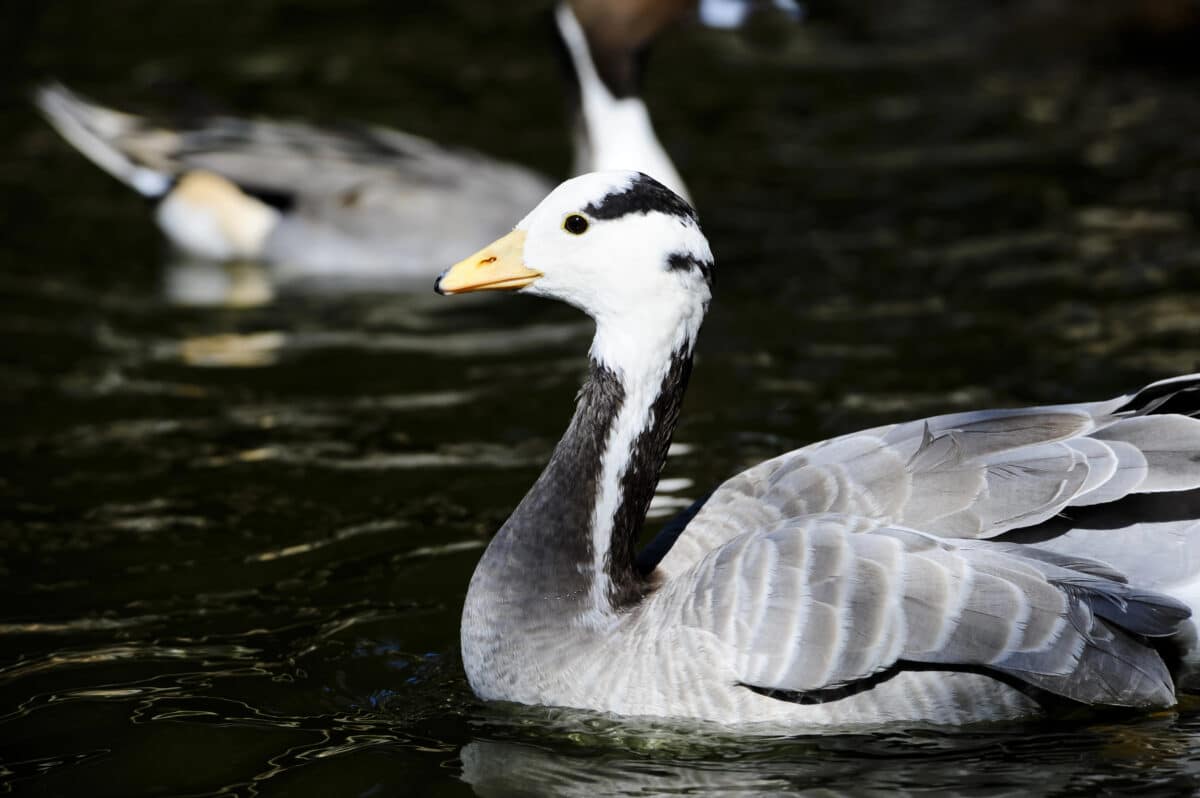
While bar-headed geese do not have many natural predators, they are vulnerable to certain predators at various stages of their lives. Eggs and goslings may fall prey to larger birds of prey, such as eagles, while adults are occasionally targeted by predators like foxes and wolves. Despite these threats, their remarkable adaptability and ability to inhabit remote, challenging landscapes help to mitigate the risks posed by predators.
Habitat and Roaming:
Bar-headed geese are highly migratory birds, covering vast distances during their annual journeys. In addition to the Himalayan range, they can be found in the plains of Central Asia, Mongolia, and parts of India. Their adaptability extends beyond the mountainous terrain, as they also inhabit lowland areas and wetlands. These geese exhibit a diverse range of habitats, demonstrating their ability to thrive in both extreme altitudes and more temperate regions.
High-Altitude Living:
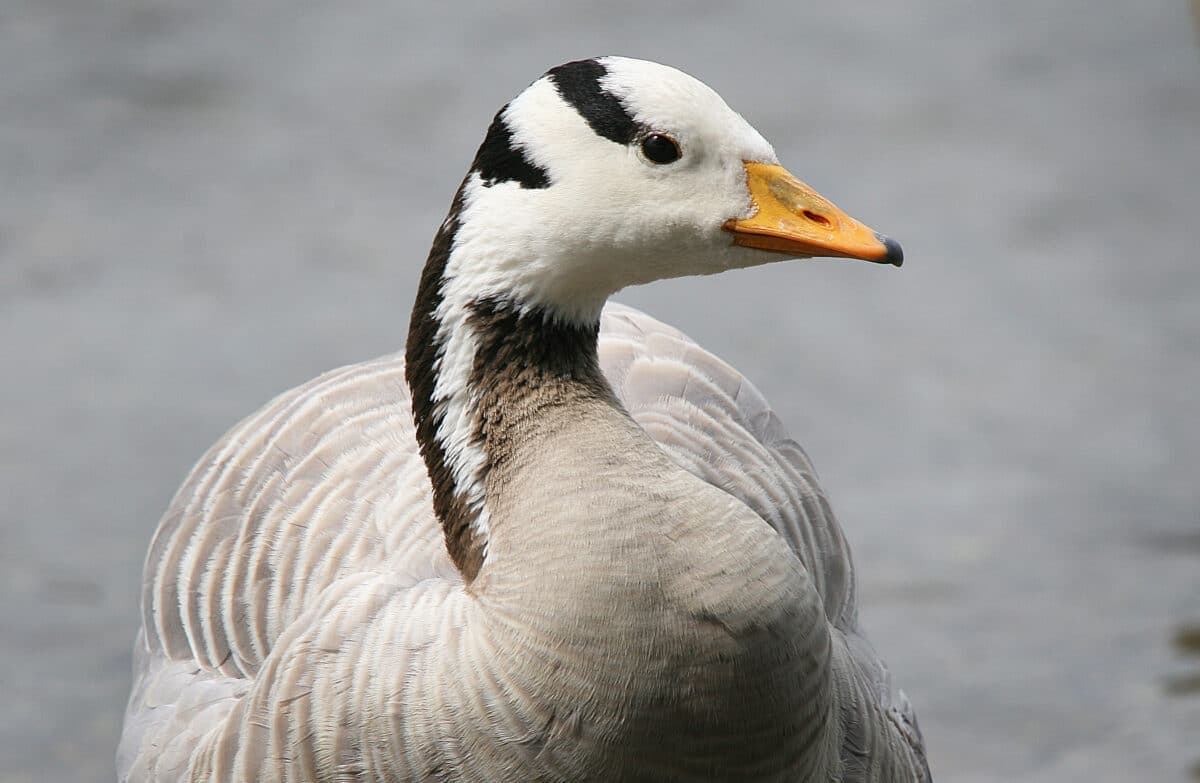
What makes the bar-headed goose truly impressive is its capability to live at extraordinarily high altitudes. During their migration, these geese can reach altitudes of up to 29,000 feet, flying over the towering peaks of the Himalayas. This feat is particularly notable due to the thin air and reduced oxygen levels at such heights. The bar-headed goose has evolved to cope with these challenges, with physiological adaptations that enable efficient oxygen utilization and endurance during their demanding journeys.
The bar-headed goose, with its adaptability, high-altitude living, and astonishing migratory feats, exemplifies the resilience and versatility of nature. Navigating some of the most challenging landscapes on Earth, these geese have become a symbol of avian endurance and adaptability. As we continue to study and appreciate the incredible abilities of the bar-headed goose, we gain insights into the extraordinary lengths to which some species will go to thrive in their natural habitats.
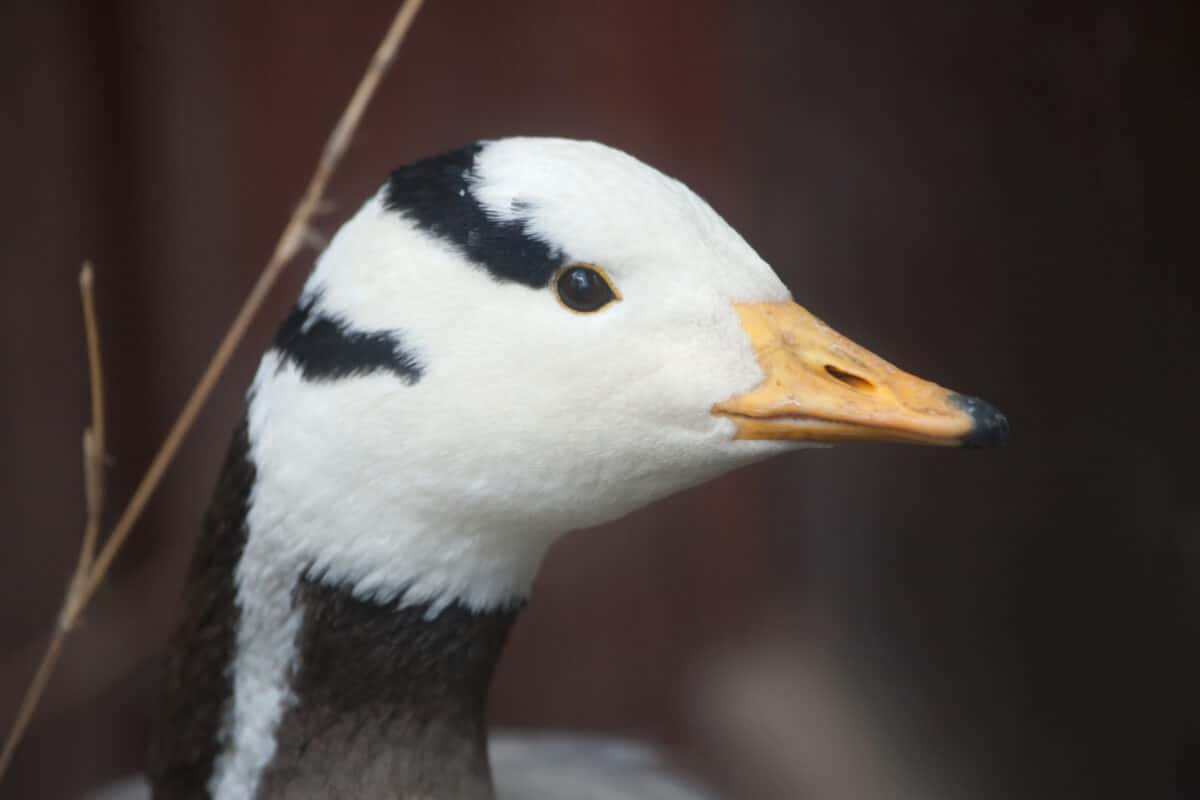
Join our Forum for free today!

- Second American Killed by Elephant in Zambia This Year - July 22, 2024
- Elderly Man Kills Grizzly Bear in Montana - July 22, 2024
- Missing Cat Found Weeks Later, 40 Miles Away - July 21, 2024

